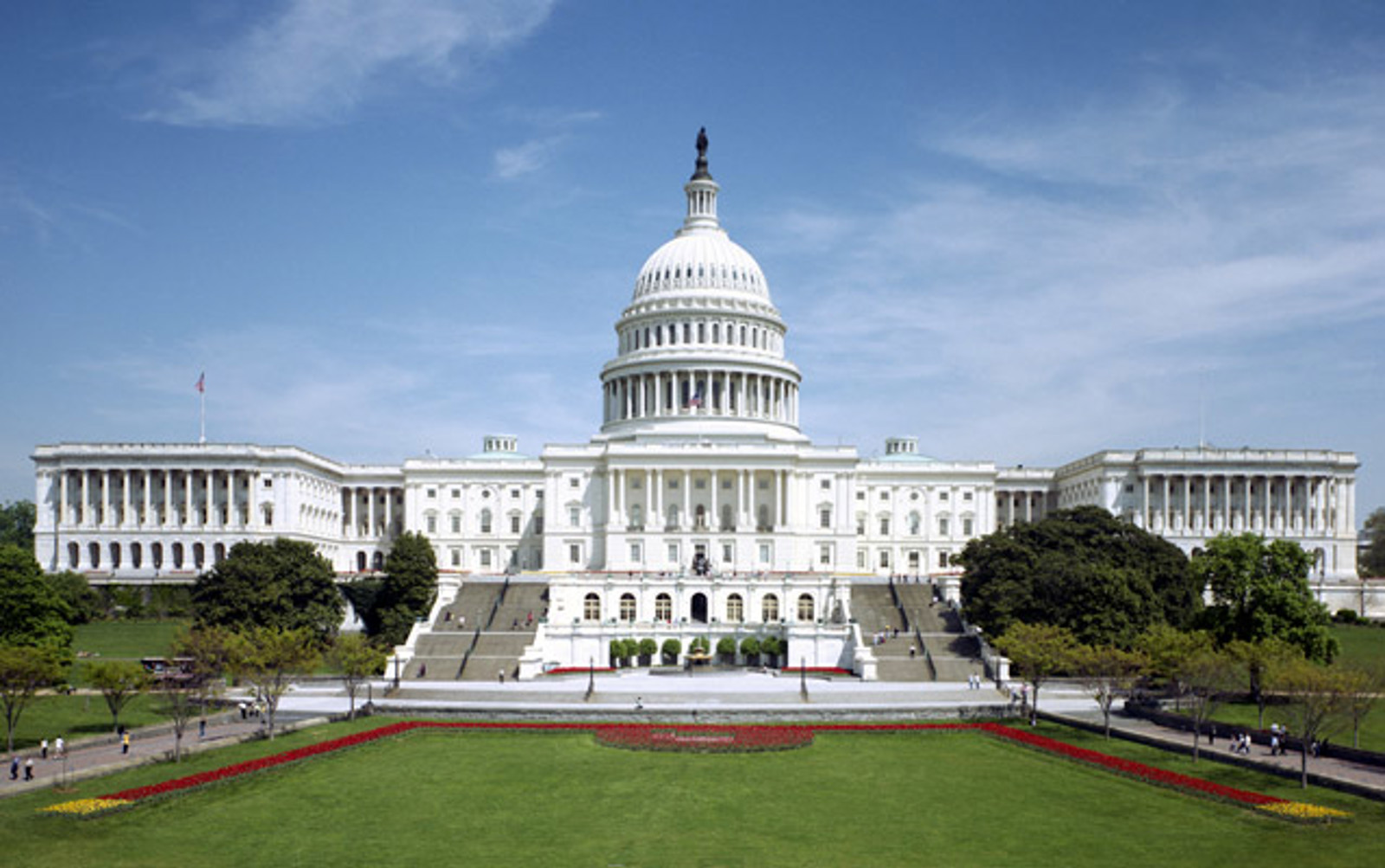Washington Agrees to Two-Year Budget Deal
In the midst of a leadership change in the House, and the federal government’s looming debt ceiling, Congress and the White House crafted a two-year budget deal that will deflect any further budget crises until well after the 2016 presidential election.
The basic elements of the Bipartisan Budget Agreement of 2015, which passed the House on October 28; the Senate in the early morning hours of October 30; and was signed by President Obama on November 2, include:
- Suspension of the debt ceiling until March 2017
- $80 billion increase in the spending caps over FY 2016 and 2017
- Spending increases equally distributed between defense and non-defense
- No cuts to education or student loans as offsets
For the student aid programs, this budget deal is a “win” because it increases the caps to allow room to restore recent cuts to the programs. It does this without using education as an offset. Programs in the education subcommittee are currently funded $3.6 billion below last year, meaning they will need at least that much to avoid cuts. For student aid, the increase in the caps should allow appropriators to restore the proposed cuts to Supplemental Educational Opportunity Grants (SEOG), Federal Work Study (FWS) and Graduate Education, while maintaining the proposed increases in TRIO, GEAR UP and the Pell Grant maximum to $5,915.
The House passed the bill by a vote of 266-167, with 187 Democrats and 79 Republicans voting Yes, and 167 Republicans voting No. The Senate avoided a prolonged debate and passed the deal by a 64-35 vote, with 19 Republicans, 44 Democrats, and 1 Independent voting in favor, and 35 Republicans opposing the bill. It was important to have the bill signed before November 3, as that is the date the Department of Treasury estimates it can no longer employ “extraordinary measures” to avoid defaulting on publicly held debt. The next step is for the House and Senate Appropriations Committees to re-allocate the increased funding and finalize subcommittee bills.
The government is currently being funded by a continuing resolution until December 11, which gives Appropriators six weeks to finalize spending bills with the new caps, break for Thanksgiving, and adjourn the first session of the 114th Congress before the December holidays.
For more information, please contact:
Stephanie Giesecke

